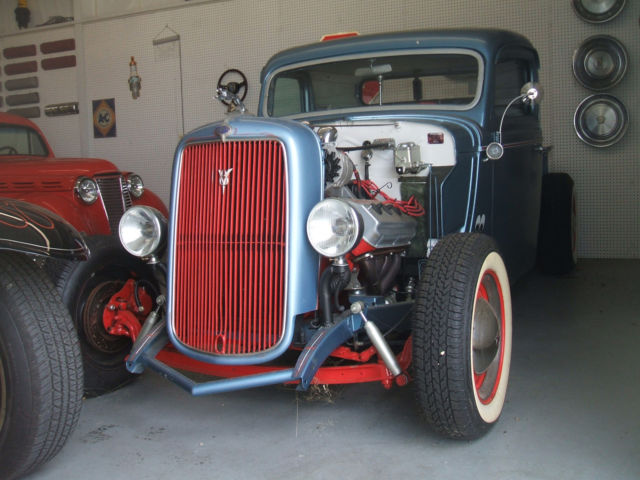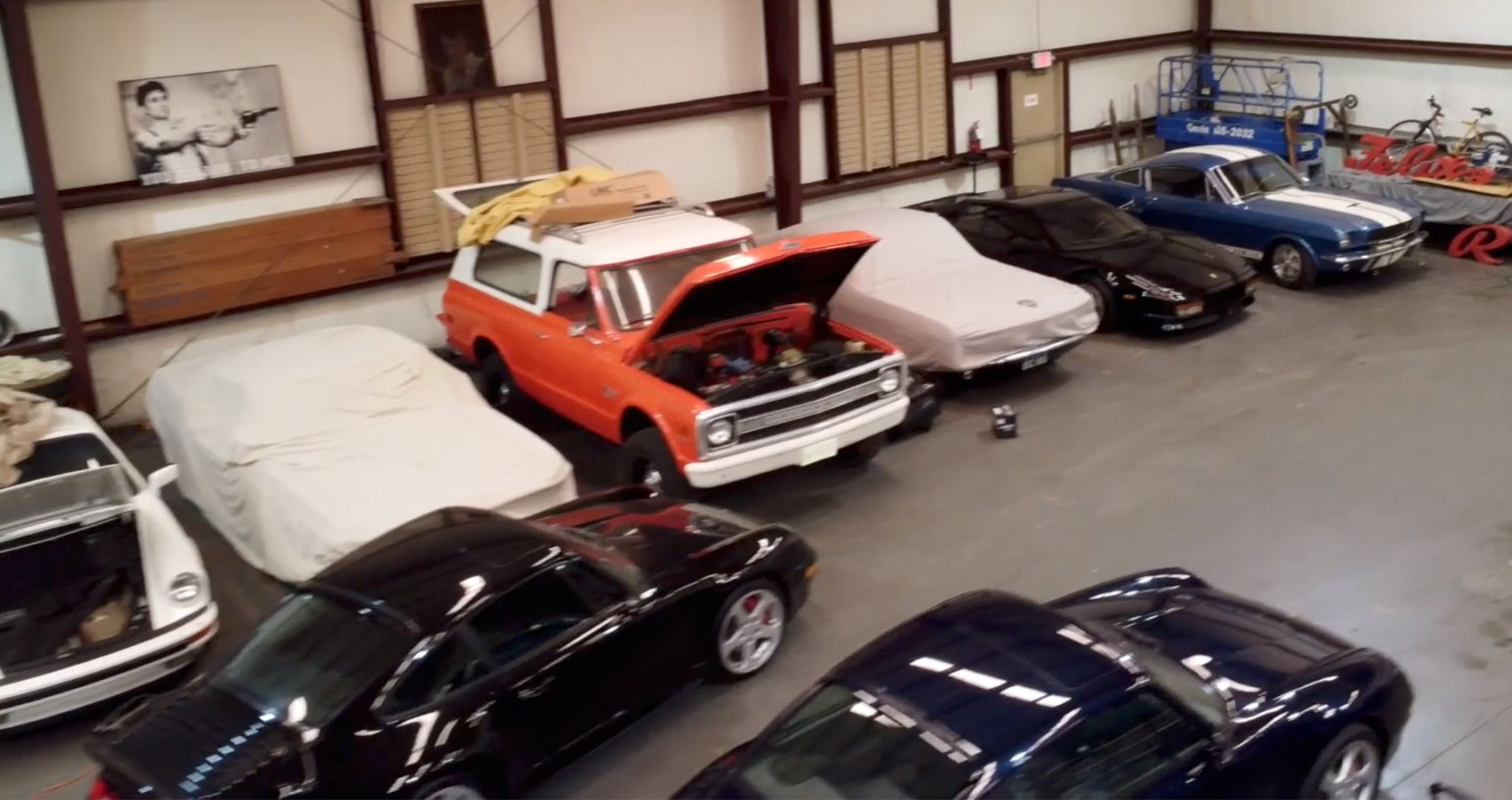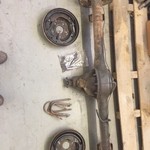
If obscure is your thing, have a read of the five best 1990s hot hatches you forgot. Available in several different levels of trim, Nissan’s motorsport division produced a ‘complete car’ version with rally-spec suspension, safety equipment and limited-slip differentials for privateers. With dual overhead cams, turbocharging and intercooling this produced 230PS, a fact made clear by the incredibly unsubtle rear wing and equally eye-catching bonnet scoop.ĭubbed a Japanese Integrale, the Sunny GTI-R was capable of 0-62mph in 5.4 seconds and a top speed of 144mph. Into the little supermini went a 2.0-litre variant of the famous all-alloy SR family of engines. Then you could see that it was the little brother to the Skyline with which it (nearly) shared its name. The Nissan Sunny was practically the epitome of inoffensive, rounded 1990s car design. Have a read of our list of the best 1990s hot hatches.ġ.3-litre inline-four, five-speed manual, front-wheel-drive Weighing just 825kg and with sprint gearing that saw them hitting 4,000rpm at the motorway speed limit the Rallye variants were a raucous riot regardless of what their raw speed statistics might imply. Sold as having ‘fewer frills, more thrills’ the cars had stripped out interiors, simple solid paint colours, Rallye decals and, famously, white steel wheels. With fuel injection, a high compression head, bespoke inlet manifold and an aggressively profiled cam designed to pick things up significantly between 5,400rpm and 7,200 rpm, this was capable of 98PS. So, Peugeot pulled it and in its place dropped a breathed on version of its venerable TU four-cylinder. Unfortunately, Peugeot’s well-received hot 106, the XSi used a 1.4-litre to provide its on-road propulsion. The sub 1,300cc class was equally hotly contested as a stepping stone to the top. The WRC wasn’t only about the Group A competitors in the late 1980s and early ‘90s.

#Hot rod ford by the go getters crack#
Producing 210PS, it could crack 62mph in 6.4 seconds and was the most powerful Golf ever until the R32 debuted in 2003.ġ.8-litre supercharged inline-four, five-speed manual, four-wheel-drive Fully optioned with heated leather seats, electric everything and a numbered plaque just 17 were built. And even more limited edition, creatively called the Limited, was also produced by the Volkswagen Motorsport division. Largely handbuilt at VW’s plant in Belgium, the Rallye also cost about twice as much as a GTI and although the requisite 5,000 examples were made, it failed to make an impression on the WRC scene. Unfortunately its now 160PS couldn’t offset the 160kg weight penalty and the Rallye was slower than the front-wheel-drive GTI. Volkswagen dropped its Syncro all-wheel-drive system into the Golf Mk2 and then, to overcome its substantially increased weight, added a G-Lader supercharger to a very slightly downsized version of the GTI’s 1.8-litre engine. Have a read of our list of the best 1980s hot hatches.Ģ.0-litre turbocharged inline-four, five-speed manual, four-wheel-driveĬreated to take on the Audi Quattro, Delta and BMW M3, about the only thing the Golf Rallye shared with them was its box-flared wheel arches. The various iterations of the Delta HF 4WD – henceforth known as the Integrale – won 46 World Rally Championship events between them, resulting in a record six consecutive World Rally Championship for Manufacturers between 19.

The Delta HF 4WD placed first and second in the 1987 season opener, the Monte Carlo Rally and won a further eight WRC fixtures that year giving Lancia the Manufacturer’s title and Juha Kankkunen the driver’s championship.

The HF 4WD was distinguished from its front-wheel-drive brethren by a quad headlamp set-up, red-framed grille and pinstriping while inside the instruments now had yellow numerals and included a boost gauge while the seats were covered in a mixture of Alcantara and Missoni-designed wool cloth. It was fitted with the turbocharged 2.0-litre from the Lancia Thema and a three-differential four-wheel-drive system which split the torque front to back and between the rear wheels. Lancia however had already unveiled its range-topping Delta HF 4WD in April 1986 so it was ready to step in for the now outlawed Delta S4. Although we admit we’d have liked to watch the Mercedes 190 2.3 16-valves, BMW M3s and Ford Sierra Cosworths battling in the snow as well as on circuits. It left them fielding either old or unsuitable cars in the Group A class the following year. The abrupt end of the Group B regulations at the end of the 1986 WRC season caught most manufacturers on the hop. Every other car on it, bar the flyweight Peugeot 106 Rallye, was created in direct response to the dominance of the Delta. Let’s be honest, we could just end the list after this entry.


 0 kommentar(er)
0 kommentar(er)
